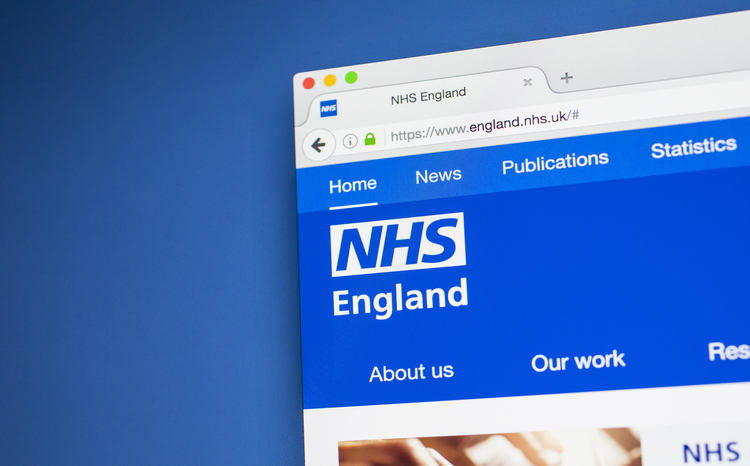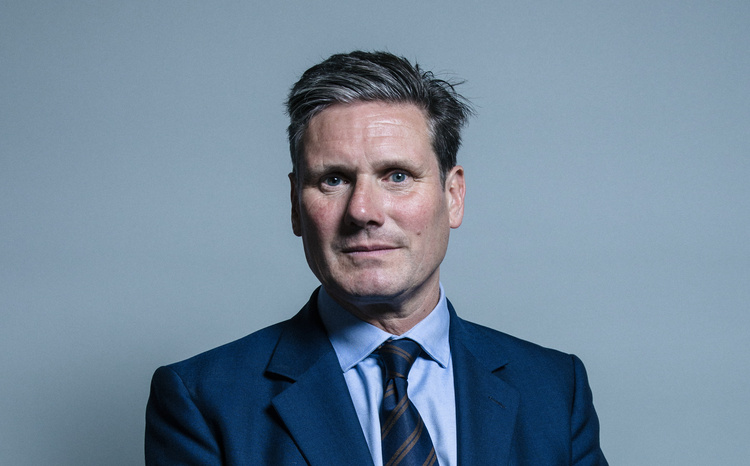Industry: Unifying tech bodies makes sense but momentum must continue
- 23 November 2021

Industry leaders have said that while there is logic to streamlining tech bodies within the NHS, there must be reassurances that focus on the work being carried out is not lost.
A number of organisations have been reacting to the news that both NHS Digital and NHSX are to be incorporated into NHS England and Improvement following recommendations set out in the Wade-Gery review.
Part of the change will see NHS Digital becoming the CIO directorate, while NHSX will evolve into the strategy function in the NHS’ newly formed Transformation directorate – which aims to maintain the pace of innovation seen during the pandemic.
The news has been welcomed but assurances have been sought that work which is currently being carried out is maintained.
Chris Hopson, chief executive of NHS Providers, said: “There is a logic to placing overall responsibility for NHS workforce issues, which are so central to the success of the NHS, with NHS England. Similarly, we also understand the logic of centralising the leadership of NHSX and NHS Digital into NHS England. This is a further step in streamlining national decision-making processes within the arms-length bodies created by the 2012 Health and Care Act.
“Trust leaders tell us that workforce issues are currently their biggest problem and that digital transformation is essential to improve patient care and health outcomes. So enabling NHS England to take responsibility for these areas, alongside their core responsibility for the successful day-to-day operation of the NHS, makes sense.
“The challenge for NHS England will be to ensure sufficient focus on the important, complex and detailed work being undertaken by these organisations in their current separate forms. HEE has a key role in the commissioning and oversight of health education and training. NHSX and NHS Digital have key roles in the successful operation of core NSH digital services and in enabling NHS digital transformation.
“But we should remember that the NHS still desperately needs a fully funded long-term workforce plan, irrespective of where accountabilities sit. NHS Providers also looks forward to continuing to support trust boards with their digital agendas”.
Maintaining digital pace rather than hindering it
Richard Strong, vice president for international services and operations and managing director for Europe, the Middle East and Africa at Allscripts, highlighted that he hopes the work done by NHS Digital and NHSX during the pandemic, such as the Aspirant plus programmes, would not be discontinued.
He said: “I applaud the work that has been done by NHSD and NHSX, particularly in the last 18 months which I’m sure has placed great personal and professional strain on everyone in the two organisations.
“As they merge with NHS England and Improvement, I hope that the pace of digital transformation is maintained, rather than hindered by the inevitable organisational change that will follow.
“While great progress in digital transformation has been made, driven by necessity, I hope programmes such as the NHSX Digital Aspirant Plus (EPR Accelerator) programme will continue at pace, as there is still so much levelling up to be achieved for the wider system.”
Continuing the good work
Thomas Webb, CEO at Ethical Healthcare, argues that it has always been “bizarre” that the NHS has its technology sector working in isolation and said the “move to a more cohesive and joined up approach to digital in the NHS must be applauded”.
He added: “Going forwards, we hope that this new approach will mean that those strategies that have been set out by NHSX (such as separating the data layer from the application layer) will be supported more consistently as financial, commercial and technical strategy teams come closer together under NHS England and Improvement.”
Confusion and chaos
For Tom Whicher, CEO at DrDoctor, the impact on patients and how they access services should not change during the reorganisation.
“Amongst the confusion and chaos that will always come as part of a mass reorganisation we have to remember that to patients and to most healthcare staff, NHS Digital and NHSX have never existed,” he said.
“All they have seen is the progress digital has made with new tools being put in their hands and adoption at scale taking place to enable them to coordinate care and work differently – this cannot be lost in midst of this change when the stakes of supporting our NHS to recovery are at their highest.
“The alignment is a hugely positive step in showing that digital is embedded with NHSE but they will have to work hard to maintain the openness that NHSX has created and momentum in delivery to create a Digital First NHS.”
Supplier perspective
While Andrew Meiner, managing director and chief commercial officer at Silverlink Software, highlights how it can also be confusing for suppliers when dealing with a number of different organisations.
He said: “The decision to merge NHS Digital and NHSX into NHS England and Improvement makes sense. For too long, it has been unnecessarily complex for suppliers and healthcare providers, who have had to deal with multiple agencies. Nobody really knew where the lines were drawn between them, and hopefully the process will now be easier and more streamlined for those of us dealing with them on a regular basis.
“Further to this, the formation of a single organisation indicates an acknowledgment from the centre that ‘digital’ is fundamental to the delivery of modern-day health and care services. By taking a single, united approach to digital transformation, I am optimistic that we can continue to make significant technological advances, drive innovation and continue to push the digital agenda forwards on a national scale. I just hope the reorganisation does not cause any significant delays in the short-term.”




